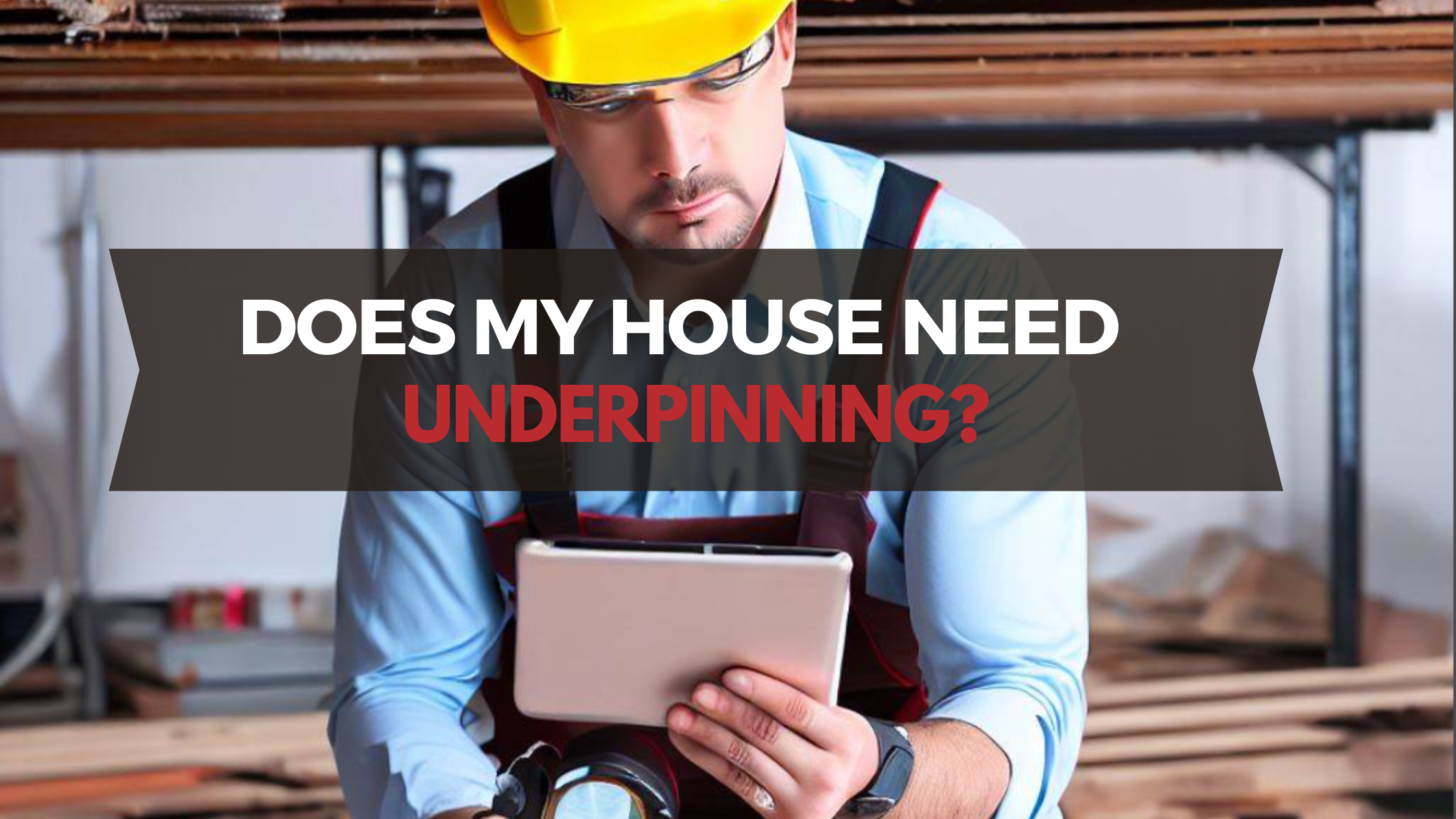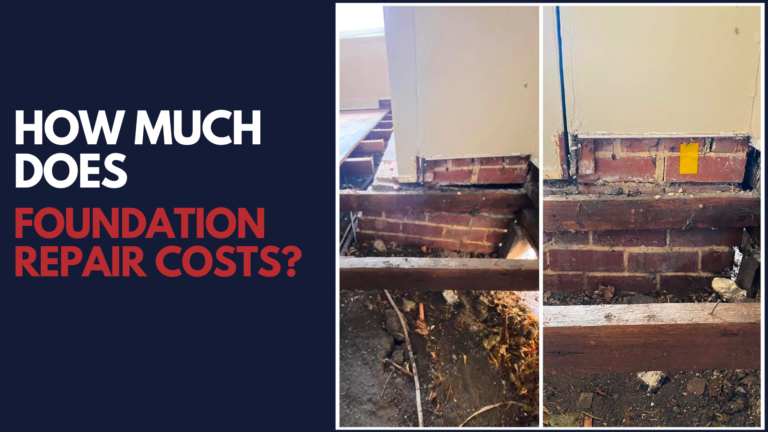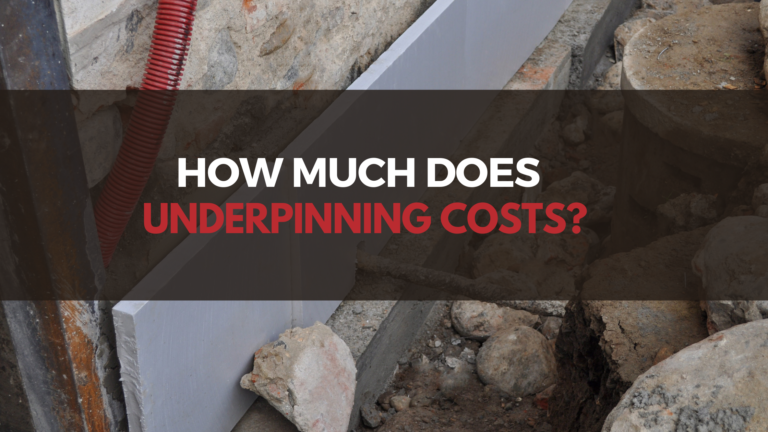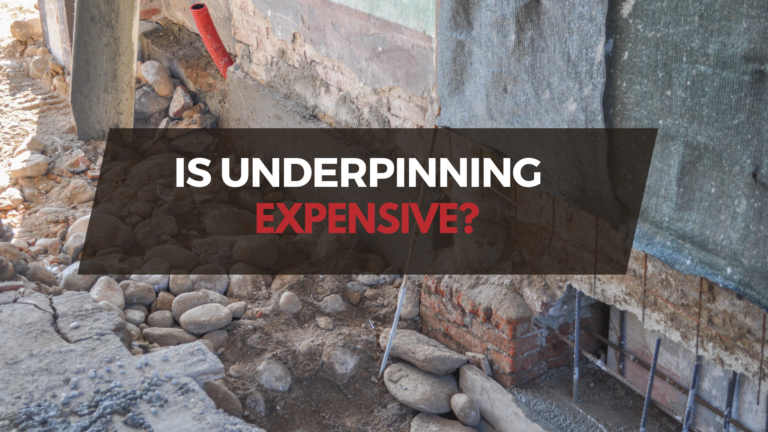Does My House Need Underpinning
- Your home may require underpinning if you notice obvious signs such as cracks in plaster, brickwork, render, or expansion joints opening up and uneven or sloping floors.
- Signs harder to detect are windows and doors that are out of square and do not close properly or gaps forming beside windows/doors.
What is Underpinning?
The process of underpinning strengthens and reinforces the soil or foundation of a building by treating the load-bearing soils, thus supporting the structure. Nowadays, we can achieve this through multiple methods.
Resin Injection
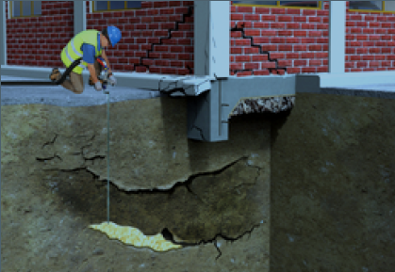
Mass Concrete
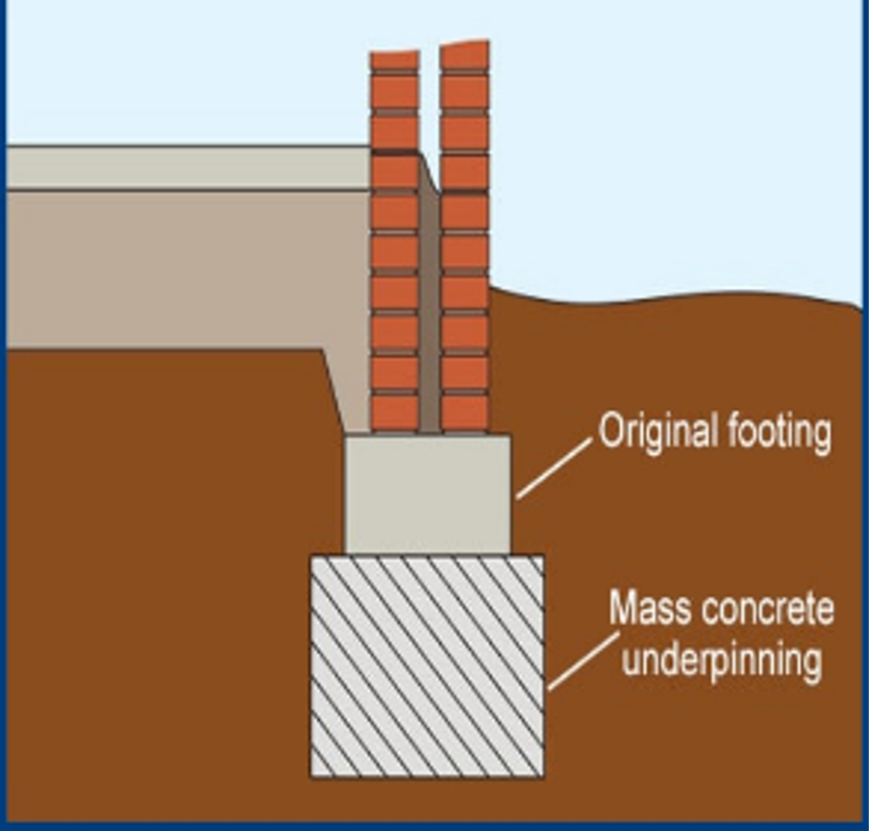
Screw Piles
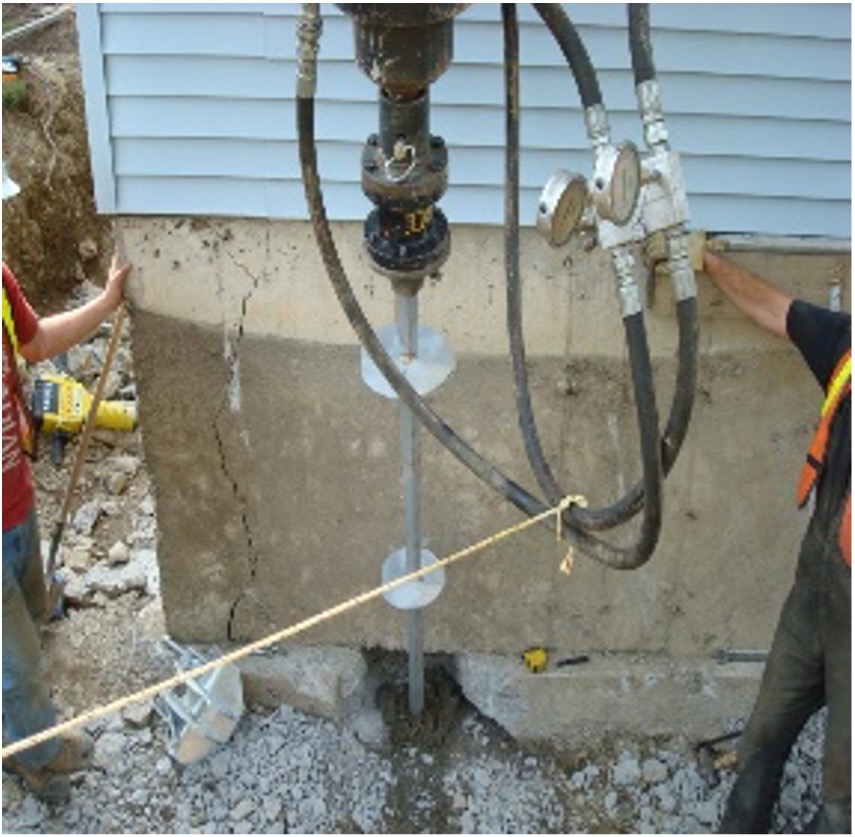
When is Underpinning Required?
Underpinning is generally required when there is a change in the soil structure that supports the foundation. This change could be a result of,
- A rapid change in moisture content in the soil that supports the home can lead to either drying, causing the soil to contract, or water ingress, saturating the soil and reducing its bearing capacity.
- Damage to plumbing such as stormwater, sewer pipes and water lines.
- Poorly compacted fill.
- The footing design needs to be improved depending on the soil class the house is standing.
- Trees close to the home can be a factor in removing moisture from the surrounding soil.
- Building works such as extensions or new houses standing nearby can affect the footing of a building if they are nearby.
- Natural disasters such as drought, floods, and earthquakes, whilst well out of our control, can cause some of the worst subsidence.
Identifying the root cause of footing subsidence is a strenuous undertaking. But it’s essential for successfully addressing subsidence issues and ensuring the long-term stability of your home’s footing following underpinning.
If you suspect your home may require underpinning, consulting with underpinning experts to evaluate the condition of your home’s foundations, slabs, the surrounding soil, and any potential moisture-related concerns is an excellent initial step.
How Long Does Underpinning Last?
Treating the underlying issues causing subsidence, such as leaking pipes or a rain garden next to the footing, ensures the underpinning will last for the structure’s life. As experts in underpinning, we at Rectify offer a 10-year workmanship warranty. Generally, the consensus is that the underpinning should last at least ten years after using chemical underpinning.
When engaging underpinning contractors, it is essential to check how much warranty they give and the guarantee amount on quality rather than product warranty.
